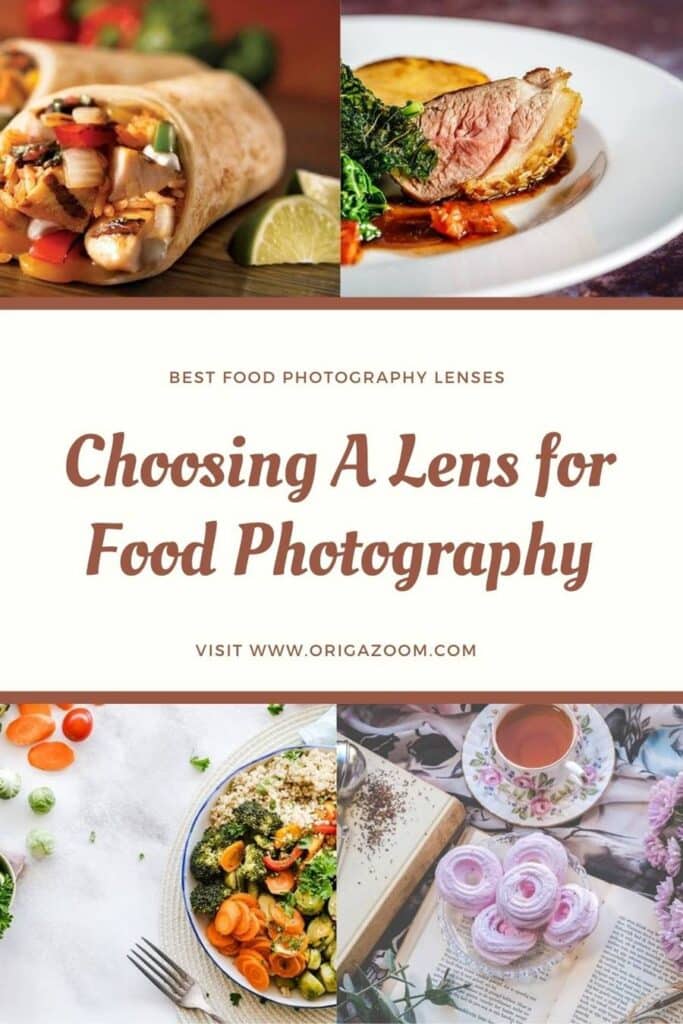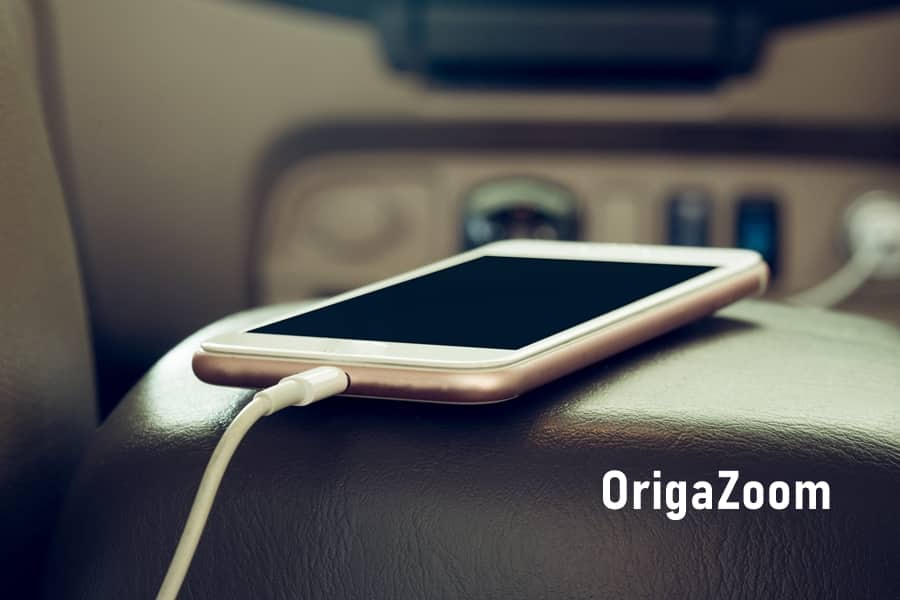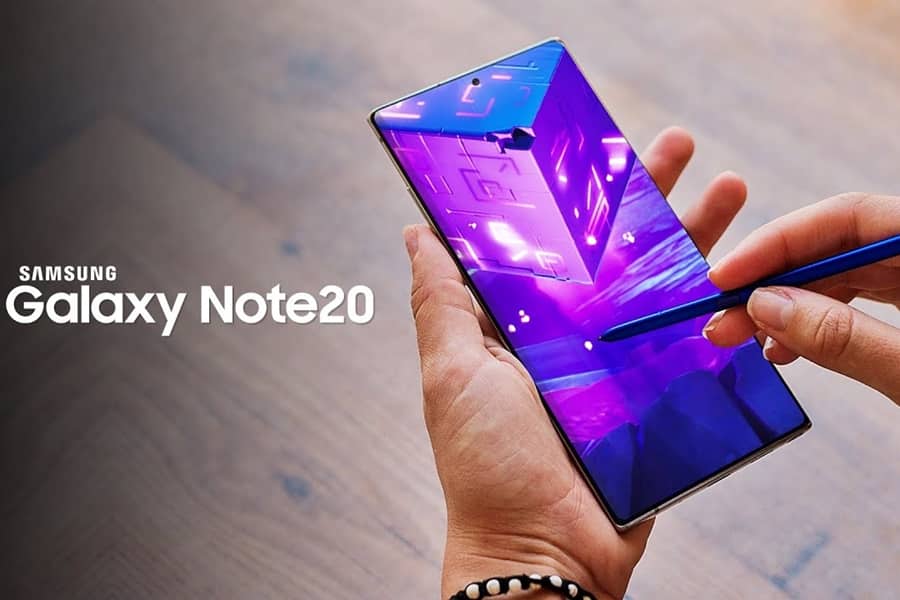What to look for when choosing a food photography lens? Food photography does not require any super equipment, and lenses that are supernatural in terms of capabilities and price are also not needed. There are a few things to keep in mind, and at least roughly imagine what challenges await on the way to crystal-sharp and wonderfully blurry photographs.
Food photography is a kind of subject photography, and it has its characteristics, which we will discuss later. Let’s first figure out which lenses for food photography are not worth buying.
Lenses Not for Food Photography (Don’t Buy)
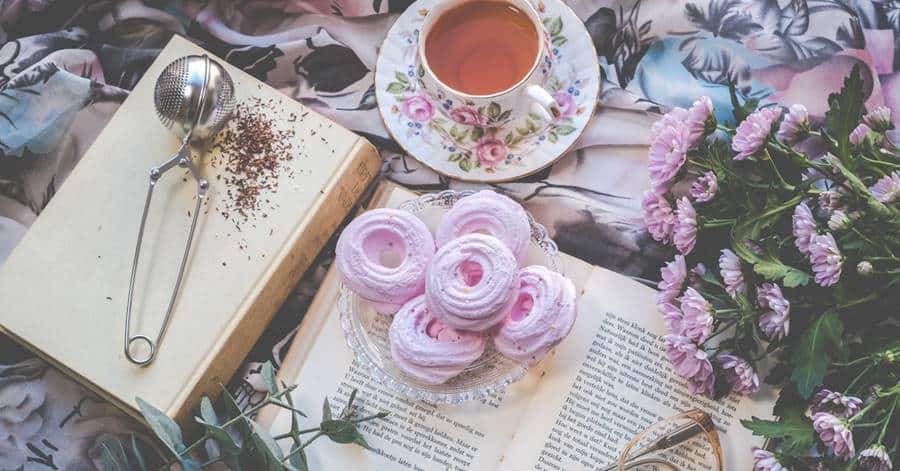
1. Wide Angle Lenses
Wide-angle lenses include lenses with a focal length less than usual (from 40 mm or less). These lenses are used primarily for landscape and architecture photography. Thanks to the focal length, the angle of view of wide-angle lenses are increased.
Super wide-angle lenses (also called “fisheye”) have a 180º angle of view. If you need to shoot something big, being close to it, you need a “zoom.”
Wide-angle lenses distort the perspective and volume of your subjects. If you shoot portraits of friends on the “zoom,” – you will be left without friends. And you can just get beat up. Such lenses are not suitable for filming food.
Exception: Sometimes crazy chefs decide to bake the world’s most giant pie to enter the Guinness Book of Records. It is where you need a wide-angle lens for shooting.
2. Telephoto Lenses
Long-focus lenses (telephoto lenses) include lenses with a focal length several times larger than the frame diagonal. The value is somewhat arbitrary. Assume that long lenses are lenses over 75 mm depending on the crop factor of the camera used.
A telephoto lens, unlike a wide-angle lens, is designed to bring the subject closer visually. A telephoto lens is often used in practice by reporters, paparazzi, or animal photographers when shooting wildlife.
It is unlikely that a food photographer will shoot salads from a distance of a kilometer from the plate. In addition, telephoto lenses “flatten” the picture, so it’s challenging to shoot a high-quality still life with a beautifully rendered space by a telephoto lens.
3. Zoom Lenses
A zoom lens is a variable focal length lens. The idea is good: when needed, it works as a wide-angle lens, but when you turn the wheel, you already have a portrait or telephoto lens. No need to run, and there is plenty of room for creativity.
Zoom is a reportage or wedding photographer’s best friend. But the zooms have serious drawbacks. For example, zooms cannot be fast. Cheap zooms are suitable for amateur picnic photography, while expensive ones weigh and cost like an airplane and are still inferior in quality to fixes.
For a beginner photographer who has not yet decided on priorities, such glass is good. For still-life photography, zooms are poorly suited unless you are not going to make unique demands on the quality of the photo and the artistry of the picture.
The zooms can be used for subject photography. But there is always a fair amount of experiment in this, and you must clearly understand the possibilities and disadvantages of such lenses. If you are starting, leave experimenting for later.
Best Lenses for Food Photography
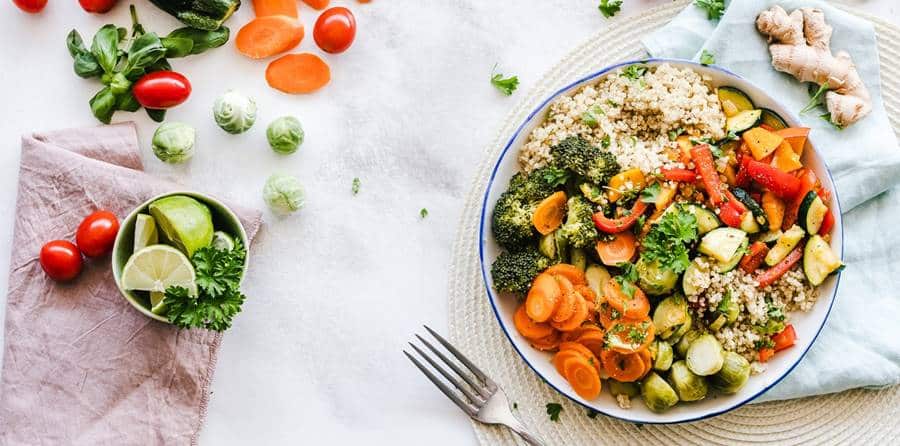
1. Prime 50mm Fixed Focal Lens
It is perhaps the perfect lens for food photography. The main thing to be guided by when choosing: aperture ratio, lack of distortion, optical drawing (this is already a matter of taste).
The main feature of a 50mm fixed prime lens is that it sees the world approximately the way a person sees it. That is, a photo taken with a 50mm prime lens looks as natural as possible and is devoid of geometric distortions typical for wide-angle or long-focus lenses.
The key to this is the focal length: the optimal focus, which allows the transmission of geometry without distortion 50-75 mm. If you are using a 50 mm prime on a crop-sensor camera, the lens’s actual focal length will be 75 mm (depending on the crop factor).
If you are just looking to buy a lens for shooting food photography – start with this “50 mm prime lens“.
You may also like to read: 7 Good Reasons to Use A 50mm Fixed Focal Lens
2. Macro Lenses
Macro lenses are lenses that can focus at ultra-short distances to the subject. Even professional photographers believe that macro-optics is like shooting cockroach insects. Yes, insects are only photographed with macro lenses, but macro is not only for entomologists.
The main feature of macro lenses is the ability to snatch something out of the familiar reality and show it separately, focusing only on it. And that something could be anything, including food. Want to show a texture, sugar crystals on cookies, a cut of a juicy pie with a filling, perspiration on a glass with a drink – use a macro lens.
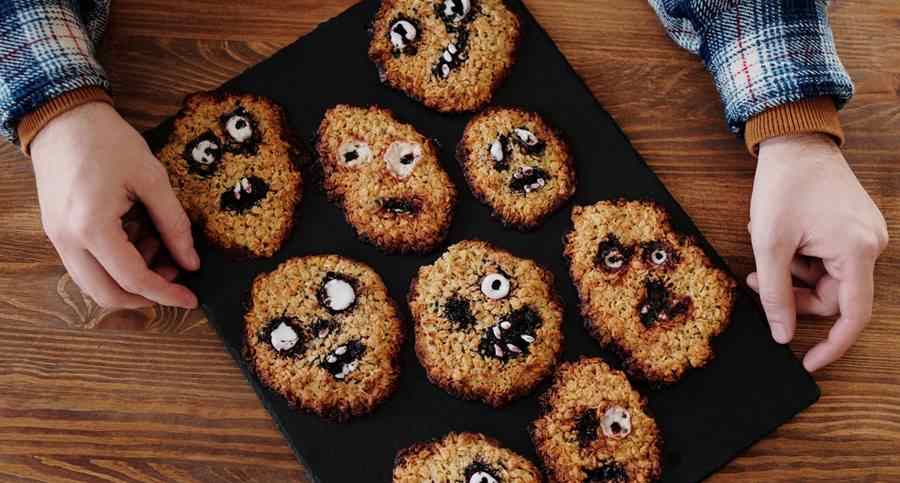
Do not start your first photography experiments with a macro lens: this is not an optics for a beginner. It would help understand how aperture works and how depth of field (DOF) is calculated.
Another advantage of macro lenses: low geometric distortion. Therefore, macro lenses are suitable even for shooting portraits. It is better not to shoot female pictures with macro lenses. They will beat you. 😃😃😃
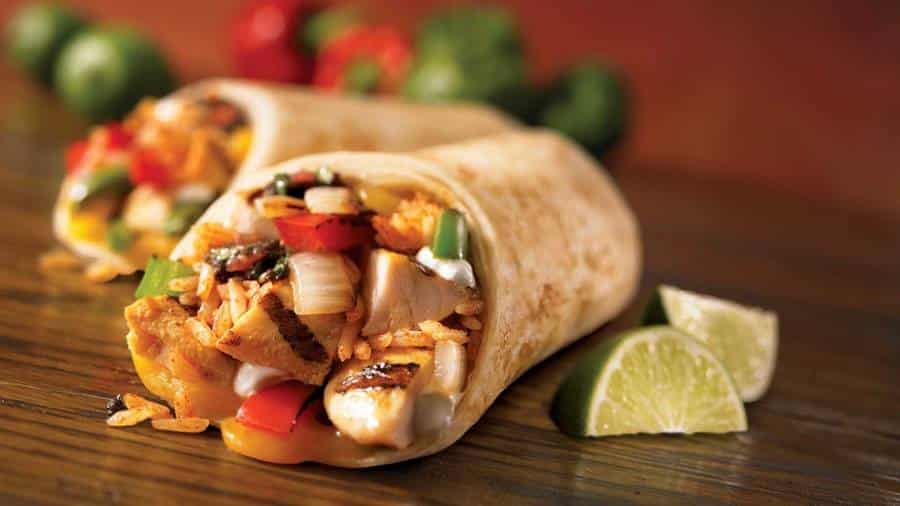
The main disadvantage of macro-lenses: the depth of field of such lenses is small. If you shoot an object close up, to get a clear picture, you will have to assemble it from several frames (this is called a stack) in a program editor, with a somewhat unpredictable result. For the same, to shoot something significant, you have to move away from the subject.
As mentioned above, the goals of portrait lenses and macro lenses are entirely different. It is the difference in evaluating the quality of such lenses. A portrait photographer should open the aperture as much as possible and “smear” beautifully without distortion.
The task of a macro lens is to depict as sharply as possible with the required depth of field without distortion. It is possible only with a closed aperture; macro lens smears in any case, at any aperture.
Note: You should not take macro lenses for a cropped matrix with a focal length of more than 100 mm for food photography if you are not in search of bacteria in a plate.
You may also like to read: Sigma 150mm Macro F/2.8 Review: The Best Macro Lens?
What to Look for When Choosing a Food Photography Lens?

1. Aperture Ratio
A working aperture of 2-2.8 is sufficient for the lens. Many lenses with the declared aperture of 1.4-1.8 cannot usually shoot with such an aperture – chromatic aberrations appear (these aberrations look like disgusting colored halos around fine details. They can be removed in the editor if you try).
2. Optical Stabilizer
The stabilizer makes life easier for the photographer, especially when it comes to shooting macro, where the slightest shift of the lens during shooting turns into a spoiled frame. Stabilized lenses cost 1.5 to 2 times more than conventional lenses, but this is a wise investment for a professional. If you shoot stationary objects and exclusively from a tripod, you can refuse the stabilizer.
3. Adjustment
It happens that you get a lens without autofocus. It means that the lens cannot focus accurately. Fortunately, this can be easily treated in any service. However, it is worth checking the focus when buying a lens: a good store will review your lens with you for an additional fee or for free.
Note: The inability of the camera to focus where it needs to be is called back focus and front focus. The lens is not always to blame for this defect; the reason may be due to the camera’s focusing system or incompatibility with the lens model.
4. Autofocus Speed
Many macro lenses take a long time to focus. Focusing speed is provided by the quality of the motor built into the lens. If you plan to focus entirely by hand, this point can be neglected.
5. Vignetting
Vignetting is the drop in lighting at the corners of the frame. As a rule, the older and simpler the lens, the more likely this defect appears. Vignetting is not a serious defect: it can be easily eliminated in any graphics editor. Moreover, vignetting is used as an artistic effect to accentuate significant image elements.
You may also like to read: Fashion Photography: Discover the Secrets to Success in Fashion Photography
Conclusion
If you are choosing a lens for food photography, get a light prime – “50 mm Lens“. A “bright” lens means an aperture of 1.4-2.8. There are also lighter lenses, but their price is much higher than an ordinary photographer can afford, and the aperture 1.4-2.0 remains working.
At prices for 2020, the cost of such lenses ranges from $250 to $400. The 50 mm lens is suitable for shooting food photography and is also used for portraits, reports, genre scenes, and landscapes. Then, when the time comes, pay attention to macro optics. And in fact, there is no reason not to experiment with lenses designed for other tasks: there are no canons, no rules, no one forbids trying new things.
